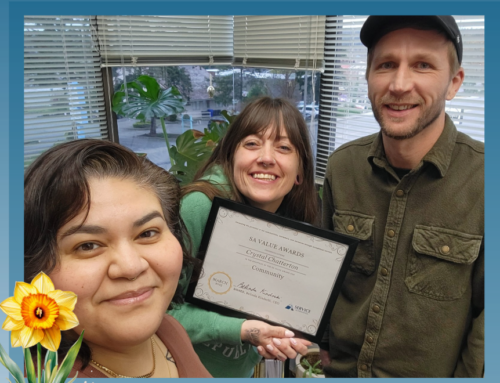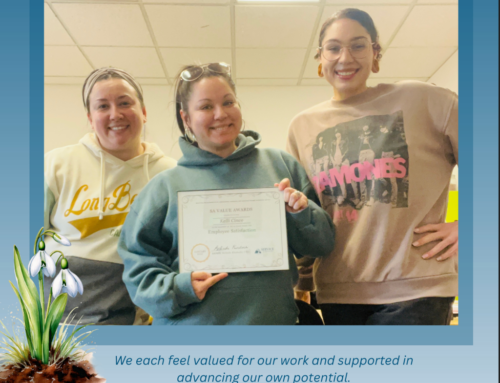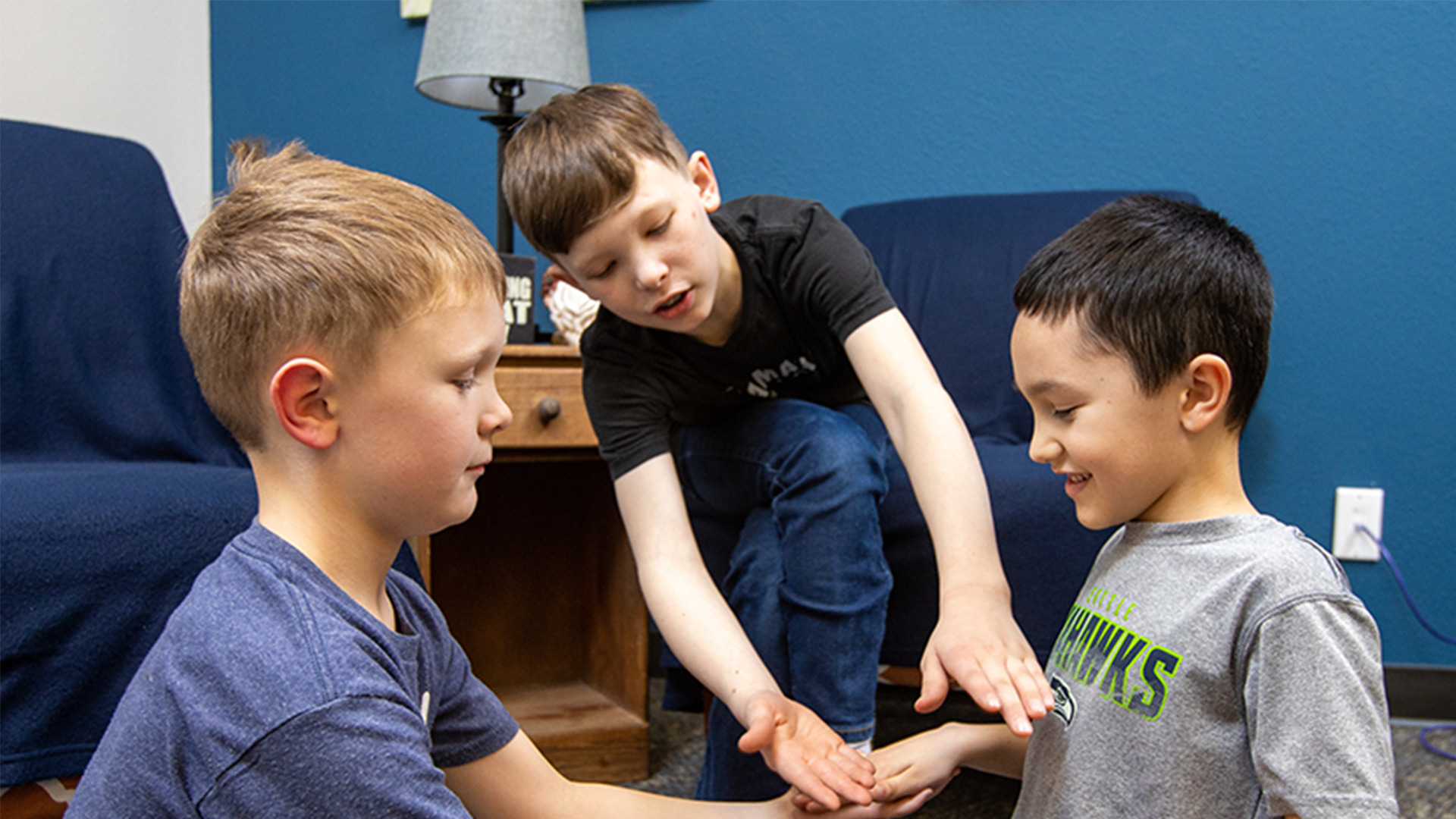This post is a derived sample from the Service Alternatives training Critical Thinking: A Model for Effective Decision-Making.
There is an old fable that begins with a cat meeting a fox on an old road. The two begin a debate about which of them was the cleverest. The fox tells the cat that he has dozens of solutions to any problem. The cat replies that she only has a couple solutions, but she seemed to get by.
In the distance, they hear a dog barking, a sure sign that a hunter was quickly approaching. The cat immediately clambers up a tree and gazes down at the fox from her branch.
“What are you going to do?” She asks the fox.
The fox darts from shrub to shrub trying to choose his best hiding place. When the hunter arrives, the fox is in the middle of the road still trying to make a decision. The hunter captured the fox due to his indecision.
In our professional and personal work, we need to make decisions all the time, from big picture decisions of how best to support our clients to whether to binge through Frasier on Netflix this evening–again. Yet when the stakes are high or there are so many options before us, it can be difficult to make a decision. We can become the fox, trapped by our own cleverness, stuck in the “paralysis of analysis.”
How can we break out of our traps? Below are three steps to help in the process of making a decision, and avoid becoming the foxes of the world.
Step 1: Recognize that not making a decision is, itself, a decision.
When there’s a great deal of risk in the outcome of a decision, we want to maximize the benefits and minimize the harms. This requires careful consideration of possible outcomes. As you consider the direct consequences, you become aware of additional possibilities, opportunities, and challenges. Outlining the possibilities and making the best decision can take time, so we are tempted to wait and not make a decision while we review.
But remember, “waiting to act” is making the decision to preserve the current situation.
For example, imagine you’re on a boat and a person has fallen overboard. You come to a railing and see a life preserver, a flotation vest, a rope, a self-inflating raft, and a barbell. Standing around debating the merits of the different life-saving tools and which to toss to the stranded person doesn’t change the fact that a person is drowning. Any of the choices would be an improvement to their current situation—save the barbell.
While there may be a best decision, anything that addresses the immediate risk of drowning is better than waiting. Getting the person back onboard the boat is a secondary concern to their surviving and can be addressed later. If nothing else, in terms of needing to make difficult decisions in contrived analogies, you can be thankful you decided to take a vacation on a boat and not go for a tour of San Francisco on the Bart.
Step 2: Establish a decision-making threshold.
In fairness, most decisions we make are not clear-cut. We often have to make decisions with incomplete information, imperfect solutions, and substantial negative consequences to any of our options. We make the immediate decision to wait in order to review our options and consider which one meets the best possible outcome. But how do we know when we need to make a change and stop reviewing? How do we ensure we don’t become the Fox caught between two shrubs?
We establish a decision-making threshold with a poorly designed Bezos Chart, of course!
The Decision-Making Threshold provides guidance on when we need to make a decision—even if it doesn’t provide numbers. It does not speak to the best time to make a decision but can be useful in terms of deciding when a decision must be made. In short, when the harm of doing nothing is greater than the harm of making a mistake, then you make the best decision you can given choices you have. Until that threshold occurs, it may be best to keep developing your solutions to find the best option.
Note: Under ideal circumstances, you should be able to make decisions before you meet the Decision-Making Threshold. Establishing a decision-making threshold tells you when you must make a decision to break out of the paralysis of analysis.
Step 3: Find comfort in making mistakes.
We’re going to make mistakes. Even with the best training in decision-making under your belt, accurate information, and an abundance of time to make a decision we can still make a mistake. We usually know we make a mistake in retrospect—perhaps the harmful consequences were larger than anticipated, perhaps we discover a solution that would have been better, perhaps our priorities and perspective changed.
We have a responsibility to address the harms of negative consequences that arise from both our best decisions and in making mistakes. We are additionally obliged to learn from the consequences of our decisions—both positive and negative. After all, not all positive outcomes came from a good decision and not all decisions with negative outcomes are a mistake. We apply the lessons of our experience and adapt our decision-making as appropriate in the future.
As we learn to value the lessons of a mistake, the personal challenge of making a difficult decision decreases. While we can’t expect a person to be comfortable in making mistakes, it provides opportunity for growth and development.









